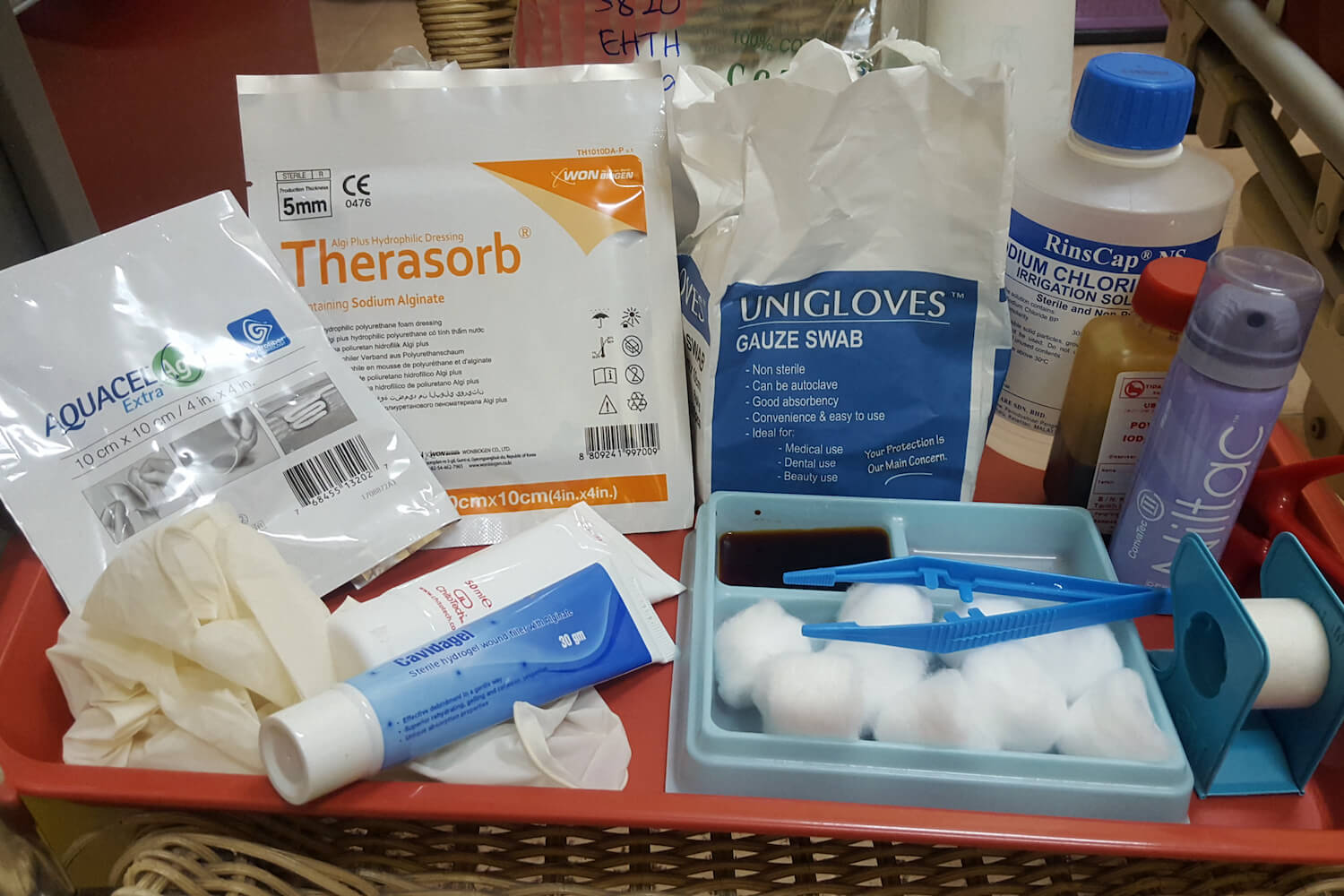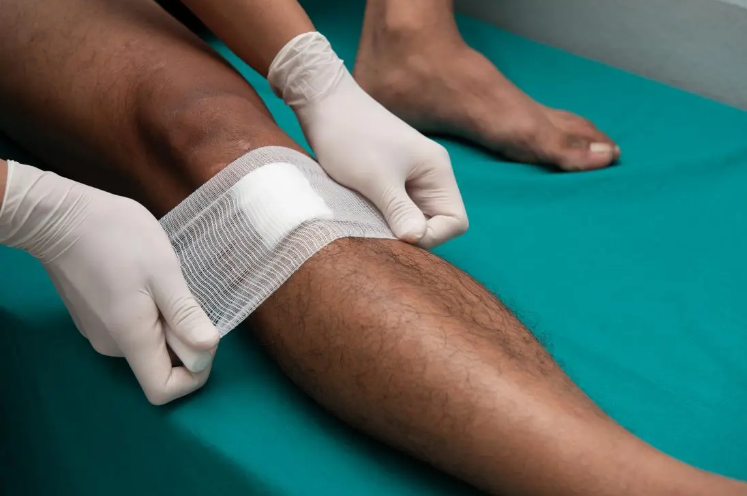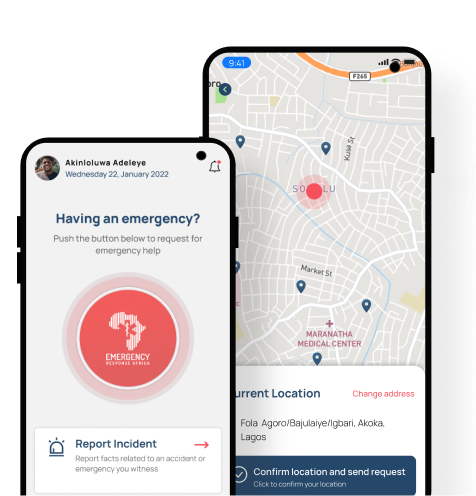Wounds can vary from penetrating and puncture wounds to burns, bites, and abrasions. First-aid treatment for wounds like these will make the skin heal fast while preventing infection.
First Aid Treatment For Wounds
- In Nigeria, the demand for advanced wound care products is increasing due to the rising prevalence of chronic wounds. – Statista
- When treating a wound, letting as little dirt as possible come into contact with it is wrong. So, wash your hands before and after assisting. When treating, if possible, use gloves, a sterile bandage or a clean cloth. A doctor must be contacted within six hours in case of a deep wound, or the wound can often need to be closed neatly.
- You might face the challenge of emergency wound care, so you can contact an emergency response service you can trust, ERA first aid service.
How can a wound occur?
You can cut yourself with a knife while in the kitchen or fall while walking; injuries from surgery, burns, extreme temperatures, or radiation exposure could cause a wound to happen.
Although wounds can be something to worry about, much more than that, you should also consider an infection coming into your body through the wound, which can be more harmful.
You must note that wounds can occur in any part of the body; therefore, there is a need to know about the first aid measures that you can use to prevent extended damage or pain.
What to do in case of wounds?
- When there is a wound, you must apply quick care, cleanse and apply pressure to the wound; use water to rinse the wound; sterilise the wound with gauze or bandage; and if bleeding persists, then lift the bleeding area to decrease the blood flow.
- After you have cleaned the wound and successfully stopped the bleeding, you should rub an ointment or petroleum jelly for the wound to be moist and the healing process to fast.
- Use a clean bandage to dress the wound and save it from getting infected by dirt or debris and becoming more extensive.
- Avoid using hydrogen peroxide or alcohol to clean the wound.
- Call a doctor if the wound continues bleeding after all the above have been followed, or if you discover a bone fracture, you can contact a toll-free ambulance service.
Materials you need for First Aid treatment of wounds

In no particular order, these materials are needed for first aid treatment of wounds;
- Hand gloves – To treat the wound and avoid infections
- Disinfectant – If your first aid kit does not have gloves, ensure you use hand sanitisers before administering first aid treatment to the wound.
- Band-aid – Used to cover the wound in case of a minor wound or injury
- A gauze pad – covers the wound before the bandage is placed on it.
- Spirit or Betadine Iodine – This is used to disinfect the wound and avoid bacterial infection.
Types of Wounds
Different types of wounds include open and closed wounds, which are further categorised as cuts (incisions), deep cuts or tears (lacerations), and grazes (abrasions).
Further treatment for these types of wounds can involve surgery, tetanus vaccination, and cleaning or closure of the skin, depending on the nature and severity of the wound. For instance, an open bruise can be treated with cooling and gel; however, in the case of an internal bleeding cavity, you must rush the patient to the nearest hospital as soon as possible.
As a health service provider, ERA believes you can administer first aid treatment to yourself in case of a wound, but when the case goes beyond your ability, you should seek a doctor. In addition, in the case of a more severe injury, it is possible that we also need to monitor the patient’s well-being to prevent loss of consciousness and first aid for the wound.
READ MORE
- 70 Home Remedies for Different Types of Sickness in Nigeria
- Treatment for Scorpion bites in Nigeria
- First Aid Treatment for Shock
Treatment of open skin wounds

When a break in the skin leaves the internal issue exposed and susceptible to infection, such a wound is open.
As earlier stated, cuts and abrasions that contain dirt should be rinsed with clean water; make sure to use sanitiser to disinfect your hands and clean again with soap and water.
Furthermore, in first aid treatment for a deep-cut wound, you should hold pressure on the wound to prevent excessive blood loss. If bleeding does not cease, you should seek an ambulance service to take your loved one to the nearest hospital to get the wound sutured; ERA ambulance service has helped save lives.
Prepare your plaster so it is neatly covered when it is closed with gauze. Using ointment or wound gel will reduce the pain from the open wound and improve skin healing.
Tetanus
Wounds of different sorts can be affected by tetanus; although most young people are vaccinated against tetanus when they are young, the maximum vaccine can last ten years. Therefore, we advise you to see the doctor for a tetanus shot when injured.
When to see a doctor
- A second-degree burn larger than the palm of the injured person
- A bite by a human or animal
- When the bleeding refuses to cease
- When the wound is deep to the head, neck, stomach, abdomen or scrotum
- A bad smell is coming from the wound or pus
- Fever, redness and swelling around the wound
More information about the proper wound care?
Would you like more information about proper wound care? Then contact us 080002255372. Our team of experts are happy to help you.
General Care Tips
- Cleaning: Thoroughly clean fresh wounds to remove dirt and debris.
- Tetanus Vaccination: Consider vaccination in case of traumatic injury.
- Surgical Intervention: There will be a need to remove dead skin or repair it by performing surgery on the wound.
- Dressing the wound: Bandage the wound properly and use ointment to make the healing speedy.
________________________________________________________________________
First Aid And CPR Training From ERA
Knowing how to act when a victim has a wound is essential because an infected wound can cause many problems. Taking advantage of our First Aid and CPR Training program, you will learn different wound treatment methods and deal with emergencies. Our trainings are practical.
With the First Aid certificate in your pocket, you know you can act when it matters because you have been equipped to handle it.




